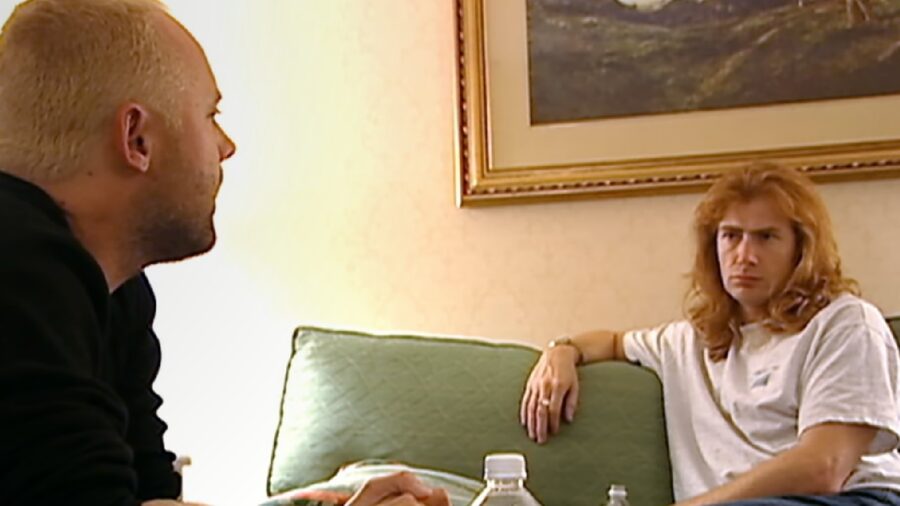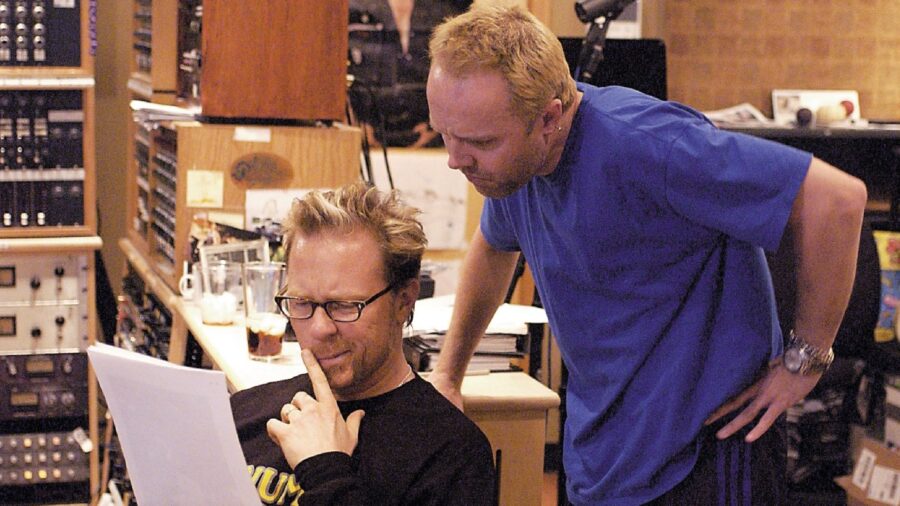The Most Hated Netflix Documentary Deserves A Second Chance

Metallica: Some Kind of Monster is one of those documentaries that is revered for its masterful storytelling and willingness to expose the inner workings of one of the greatest heavy metal bands of all time. But you can’t just take its 88 percent critical score on Rotten Tomatoes at face value. While there’s no denying that it’s a well-thought-out exercise in documentary filmmaking, its reception was quite polarizing among die-hard Metallica fans because it can be easily misconstrued as a film about a group of past-their-prime rock stars who can’t get over themselves.
Metallica: Some Kind Of Monster Streaming On Netflix

On one hand, Some Kind of Monster shows us what went into the making of Metallica’s St. Anger album in great detail. On the same token, we bear witness to a bunch of seemingly out of touch millionaires who created such a toxic work environment that they needed to recruit a band therapist named Phil Towle to mediate their recording sessions. But as the band opens up, it quickly becomes apparent that we’re not just dealing with a band, but rather a business and cultural force that countless people depend on.
Chaos In The Ranks

Some Kind of Monster isn’t just a movie about Metallica, but rather a cautionary tale about the dark side of mixing art and commerce at a high level with no solid emotional anchor. While Metallica was making a considerable amount of headlines from 2001 to 2003, they weren’t necessarily experiencing good publicity by any stretch of the imagination.
During this time, James Hetfield entered rehab for his alcoholism, Jason Newsted quit Metallica because he wasn’t allowed to pursue outside projects, and Lars Ulrich was widely considered to be the biggest jerk in the music industry because of the lawsuit he filed against Napster. Even Kirk Hammett, the most humble member of the band, found himself at odds with producer Bob Rock over the band’s decision not to have guitar solos on their forthcoming album.
Ghosts Of The Past

But behind the drama, there’s more to Metallica than meets the eye. We’re talking about a band that had been active for the better part of 20 years at the time Some Kind of Monster was produced. During this time they faced countless tragedies, including but not limited to: the death of their original bassist, Cliff Burton, faulty pyrotechnics nearly killing James Hetfield on stage, and the stranglehold of substance abuse that each member had to overcome in various capacities during their tenure with the band.
Hetfield In Crisis

We also learn how close James Hetfield came to quitting Metallica after spending months in rehab, and subsequent months trying to reconnect with his family. Citing frustration with the business side of the operation, Hetfield’s unwavering stubbornness was challenged by the rest of the band, who simply wanted to finish working on St. Anger and move onto the next chapter.
Pulling Back The Curtain

Thanks to Metallica’s willingness to pull back the curtain and show us what really goes into the ongoing success of a band that operates at this level, fans are able to get a first-hand account of how a band on the verge of collapse can set aside their differences in a way that would secure their relevance for decades to come.
What may at first seem like bickering over various trivialities that you’d see play out in an episode of Metalocalypse actually turns out to be something way more profound. Though we can’t necessarily hold Lars Ulrich’s sonically assaulting snare tone on the St. Anger album with equally high regard, Some Kind of Monster is an incredibly revealing documentary that expertly demonstrates the struggles of an iconic band during the lowest point of their career.
Worth Another Shot

If your first viewing of Metallica: Some Kind of Monster left a bad taste in your mouth over 20 years ago, you might want to stream it again on Netflix because you may have second thoughts about it.












